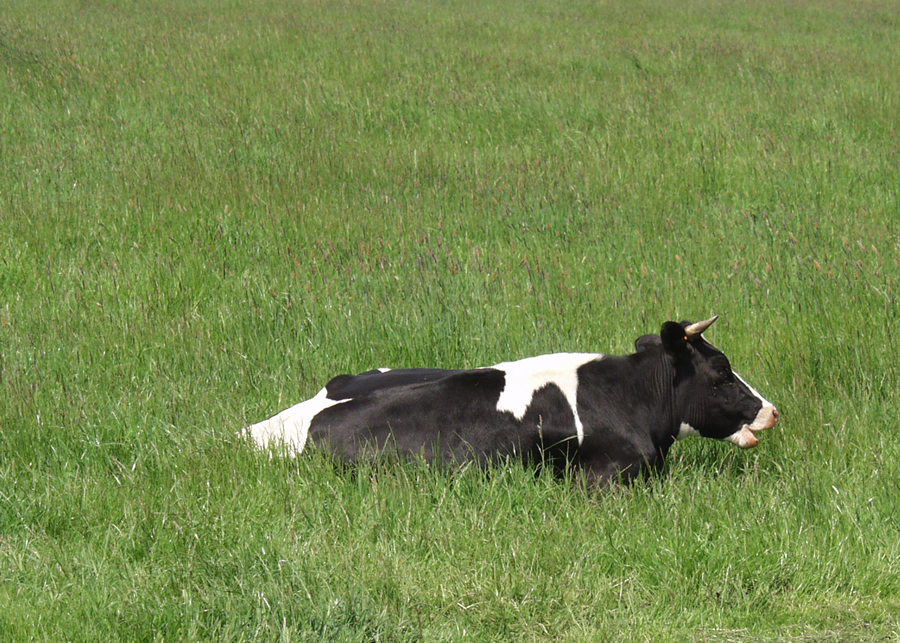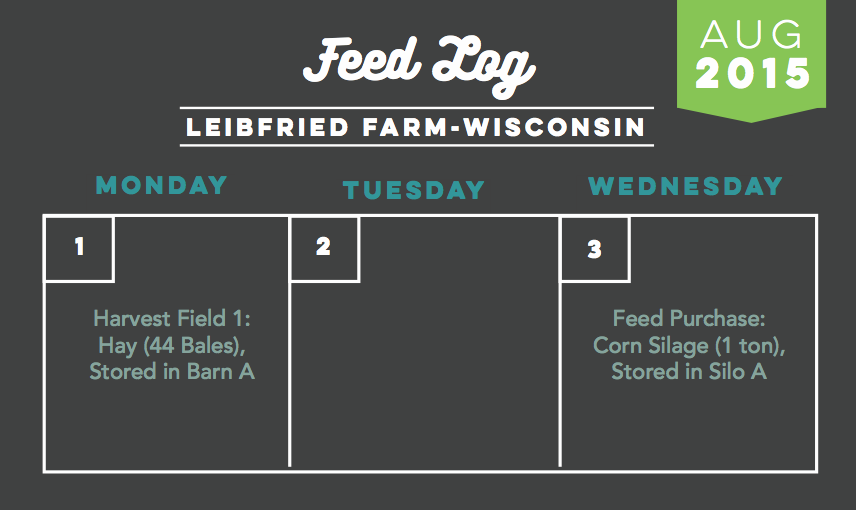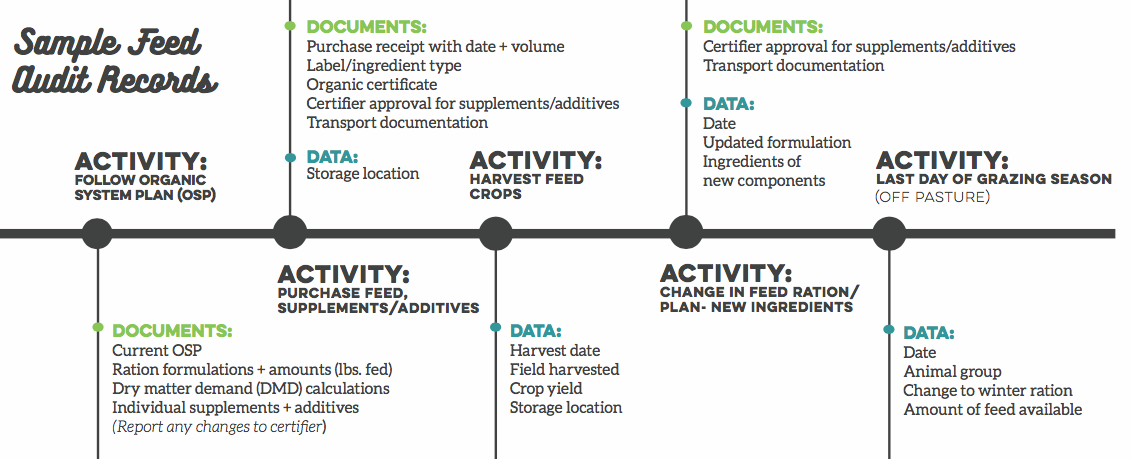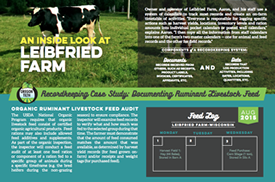Lessons Learned Series: Organic Recordkeeping for Ruminant Livestock Feed
The records of a certified organic farm’s operations and activities demonstrate where promise and practice meet for an inspector and certifier. An annual mandatory inspection examines the integrity and accountability an organic operation, from pest management to soil conditions to contamination prevention and more. The ability to openly audit and trace any certified organic product or crop from beginning to end is critical to maintaining consumer confidence and creates a strong foundation to address any issue with quick action.
With support from the U.S. Department of Agriculture’s Agricultural Marketing Service, National Organic Program, Oregon Tilth developed a series of farmer-to-farmer case studies on best practices in recordkeeping. We sincerely appreciate the four farms that shared their practices with us in order to “help guide other organic farmers, even if just a little bit” as they build a strong culture of recordkeeping on their farms.
Recordkeeping case study: Documenting livestock feed records
An inside look at Leibfried Farm

Owner and operator of Leibfried Farm, Aaron, and his staff use a system of calendars to track most records and create an on-farm timetable of activities. “Everyone is responsible for logging specific actions such as harvest yields, locations, inventory levels and ration amounts into individual pocket calendars or posted wall calendars,” explains Aaron. “I then copy all the information from staff calendars into one of the farm’s two master calendars — one for animal and feed records and the other for field records.”
Organic ruminant livestock feed audit
The USDA National Organic Program requires that organic livestock feed consists of certified organic agricultural products. Feed rations may also include allowed feed additives and supplements. As part of the organic inspection, the inspector will conduct a feed audit of at least one feed ration or component of a ration fed to a specific group of animals during a specific timeframe (e.g. the bred heifers during the non-grazing season) to ensure compliance.
The inspector will examine feed records to verify what and how much was fed to the selected group during that time. The farmer must demonstrate that the amount of feed consumed matches the amount that was available, as determined by harvest yield records (for feed grown on- farm) and/or receipts and weight tags (for purchased feed).

How Leibfried Farm prepares for a livestock feed audit
1. Track feed harvest
Always track harvest yields for all feed crops, measured in either number of bins, bales or total weight. Be sure to document yields and the field of origin in your calendar, harvest spreadsheet or directly on the storage container with the date. Also, save weigh tags for review during your inspection.
2. Organize your records
Feed records should reflect all activities surrounding your livestock nutrition program, including harvesting feed, grazing livestock, purchases of concentrates, forages, and feed additives/supplements, as well as your current ration. Organizing this information along with your other production records keeps the documentation in one place for ease of access.
3. Calculate feed records
Review records before your inspection to ensure they are complete, and tally up figures the inspector might need, such as total tons of hay harvested that year, or estimates of dry matter intake (DMI) from pasture during the grazing season.
4. Save feed records
Since a feed audit can evaluate activities that occur over two or more calendar years, be sure to have previous years’ calendars accessible during an inspection. The USDA organic standard requires that you to keep your records for a minimum of 5 years.

Additional resources
Knowing how to begin to develop your own internal systems and controls can seem overwhelming at first, but there are great (and simple) forms to use as templates for your own operation as you customize for specific needs:
- USDA Documentation Forms for Livestock Producers
- Oregon Tilth’s Quick Start Guide: Organic Livestock Feed and Nutrition
- Oregon Tilth’s Decoding Livestock Feed and Supplement Requirements for Livestock Webinar Recording

